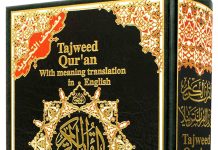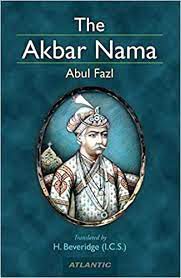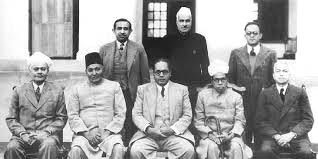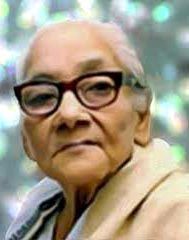Birth and Development of Arabic Prose
Birth and Development of Arabic Prose
Table of Contents
Birth and Development of Arabic Prose
Introduction
The birth and development of Arabic prose are essential chapters in the expansive treasury of Arabic literature. Over millennia, Arabic prose has undergone a fascinating transformation, progressing from its early stages to the sophisticated and diverse forms observed today.
Early Origins
Arabic prose traces its origins to the pre-Islamic era, a period primarily characterized by an oral poetic tradition. Despite the dominance of poetry, simpler forms of prose existed, serving as expressions of tribal laws, genealogies, and occasional narratives. These early writings, transmitted orally, played a crucial role in preserving cultural history.
Islamic Era
The advent of Islam ushered in a significant transformation for Arabic prose. The revelation of the Quran, considered the pinnacle of Arabic prose, not only enriched the language with linguistic beauty but also set high standards for eloquence and depth of meaning. This sacred text profoundly influenced subsequent works in Arabic prose.
Prose in Hadith and Seerah
The collection of Hadith (sayings and actions of Prophet Muhammad) and Seerah (biographies of the Prophet) marked a turning point, leading to the recording of numerous accounts and anecdotes. These written compilations laid the foundation for historical and biographical prose.
Rise of Adab Literature
The Abbasid period (8th to 13th centuries) witnessed the emergence of Adab literature, a genre encompassing literature, culture, and etiquette. Adab literature featured various forms such as essays, criticism, belles-lettres, and compilations covering diverse subjects like philosophy, ethics, and politics.
Scientific and Philosophical Prose
The Golden Age of Islam brought forth an explosion in scientific, philosophical, and theological works written in Arabic prose. Scholars like Al-Kindi, Al-Farabi, and Ibn Sina significantly contributed to the development of Arabic prose, composing treatises on subjects ranging from mathematics and medicine to philosophy.
Geographical and Cultural Influences
Arabic prose’s development transcended geographical boundaries, with contributions flowing from diverse centers of learning across the Islamic world. From Spain to Persia, each region infused its unique cultural and linguistic characteristics into the Arabic prose tradition.
Modern Arabic Prose
In contemporary times, Arabic prose has evolved to reflect modern themes, styles, and forms. The literature now encompasses a wide array of genres, including novels, short stories, essays, and various forms of creative and critical writing that address social, political, and existential themes.
Conclusion
The journey of Arabic prose, from its early oral traditions to contemporary expressions, signifies a dynamic evolution deeply intertwined with the historical, cultural, and intellectual advancements of the Arab world. This growth has left an indelible mark on global literature, providing a foundation for cultural and intellectual expression. As Arabic prose continues to evolve, it embraces modernity while honoring its historical legacy, perpetuating a vibrant and diverse literary tradition. 0 0 0. Birth and Development of Arabic Prose
Birth and Development of Arabic Prose
You May Like:












